How to grow Arkansas blue star – for a drought-tolerant and flood-resistant native perennial with sky blue blooms
This southern native perennial will add height, texture and color to borders
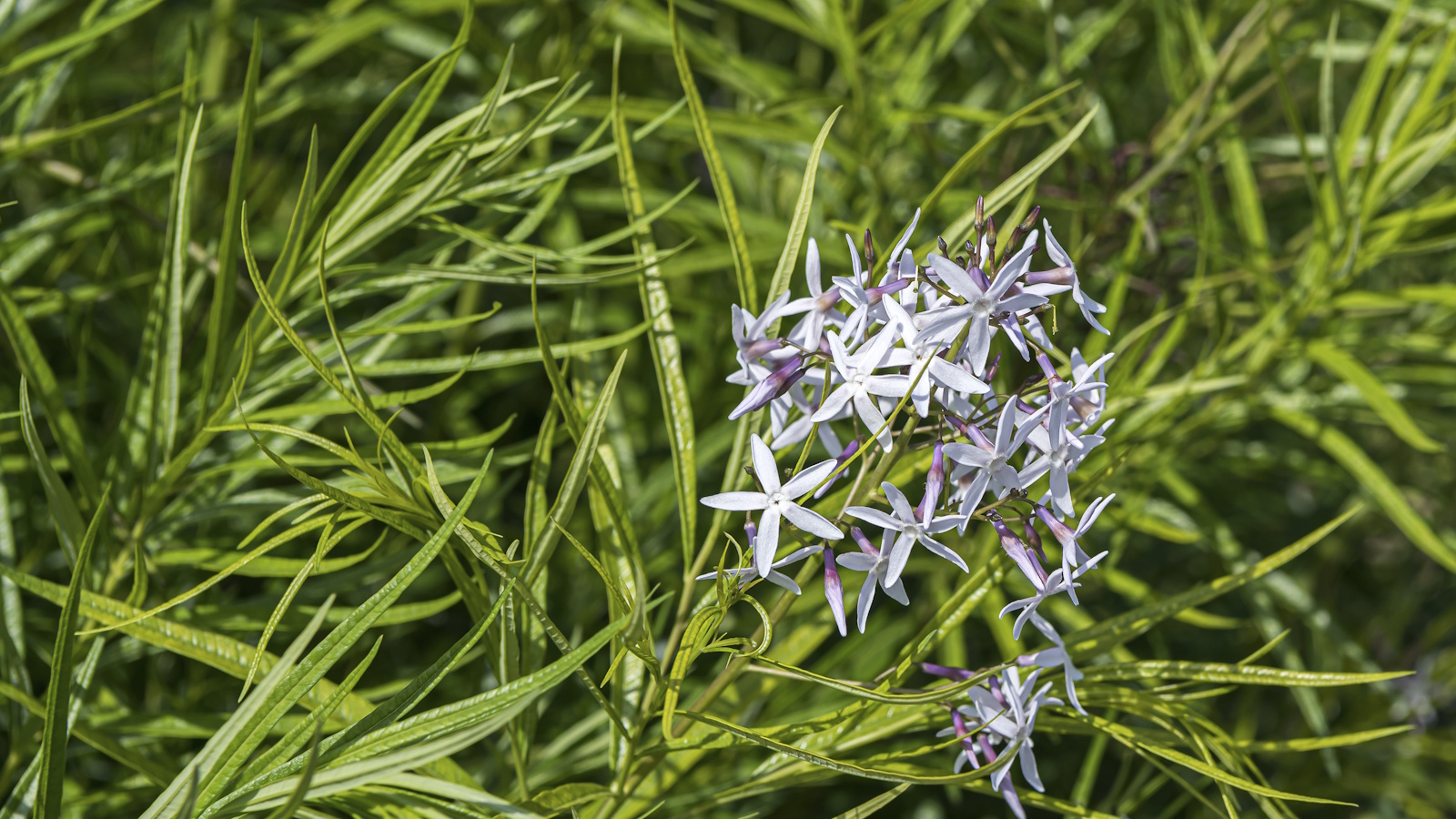

Arkansas blue star, or Amsonia hubrichtii, are spectacular flowering perennials native to the temperate southern central region that includes Arkansas and Oklahoma, thriving on rocky outcrops, prairies, floodplains and creek habitats.
This native perennial produces thin, needle-like green foliage that will help to fill borders in the spring and summer, although the real stars of the show are the pale blue flowers that emerge from dark-blue buds usually around mid-summer.
So, if you are looking to add an interesting native plant to your collection this year, consider learning how to grow Arkansas blue star. Here, one garden expert from Wisconsin shares all the information you need to plant and care for this attractive flowering perennial.
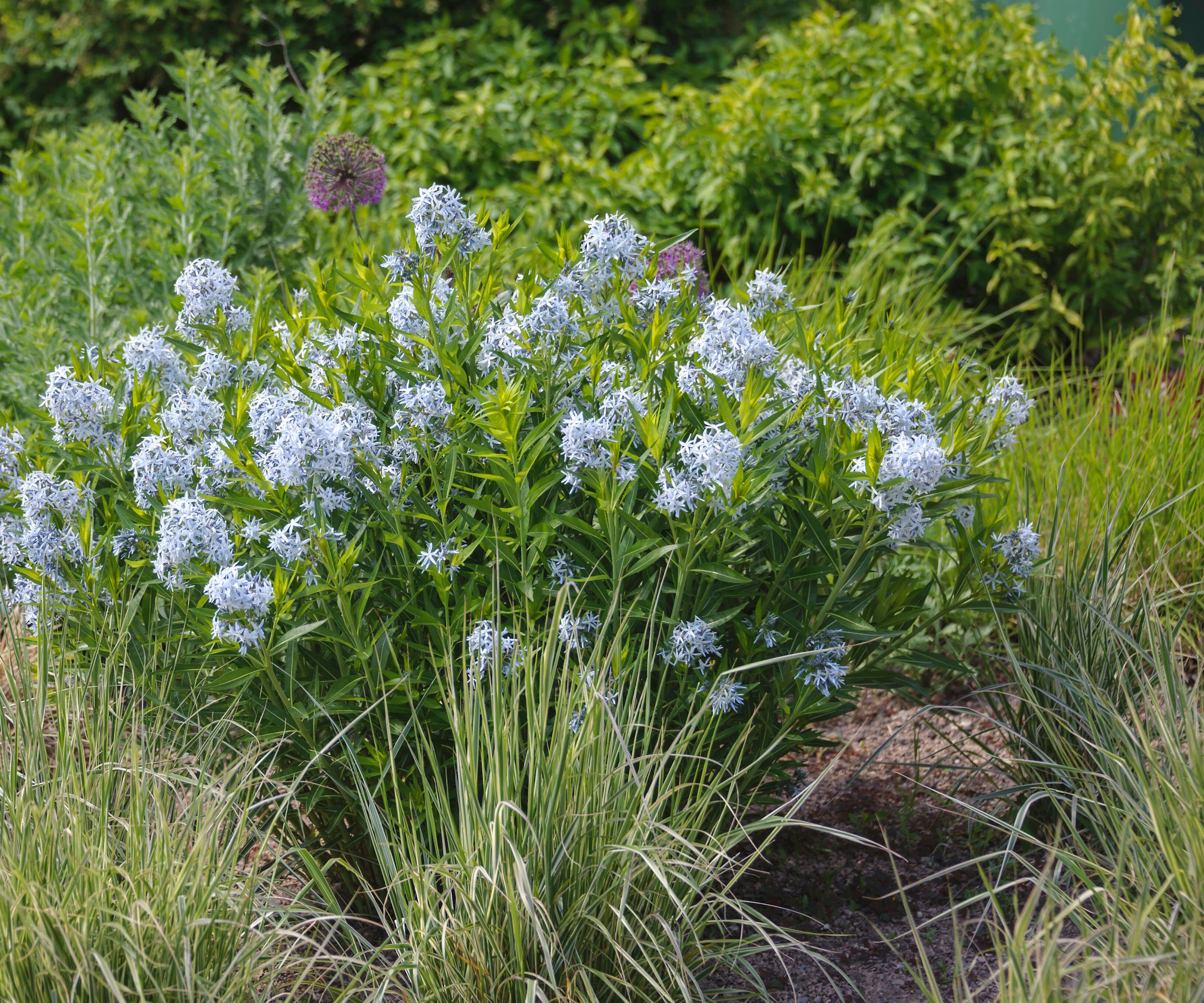
How to grow Arkansas blue star
While it is not as well-known as other species, Arkansas blue is surely a contender for one of the best perennials from North America. With an upright habit, the foliage with add vertical interest to any border, while pollinators will be sure to enjoy the nectar-rich blue blooms on display.
Growing habits of Arkansas blue star
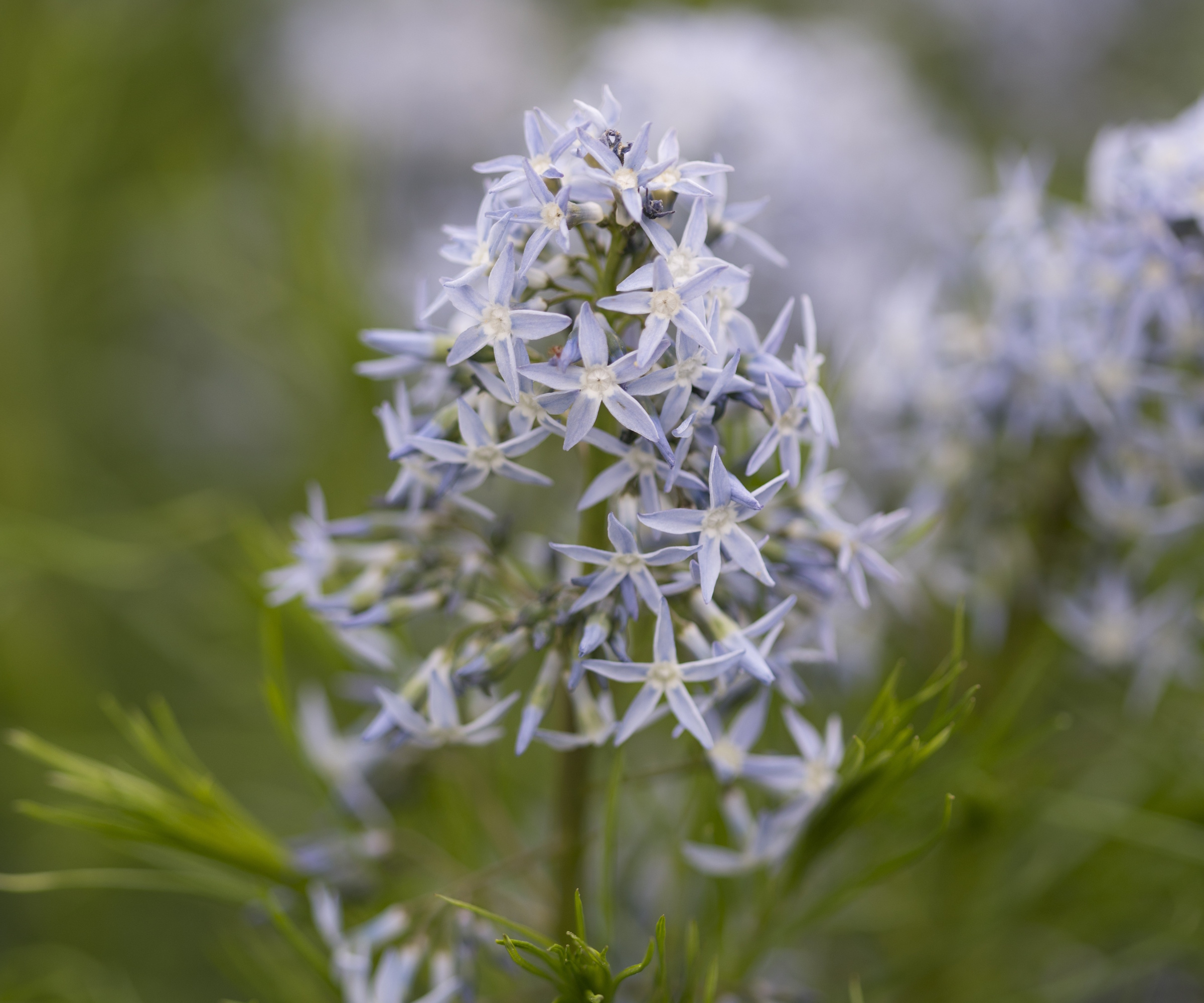
'If you are looking for flowering plants that regrow every year, look no further than Arkansas blue star,' says Tabar Gifford, plant expert and American Meadows master gardener. 'This is a native garden favorite with soft, cloud-like foliage and pale blue, star-shaped flowers from late spring to mid-summer.
'Growing best in US hardiness zone 5 to US hardiness zone 8, Arkansas blue star became a popular and prominent native plant from the mid-20th century,' Tabar continues. 'In 1942 it was documented by naturalist Leslie Hubricht in its native range of the Ouachita Mountains of Arkansas and Oklahoma. Since then, it has become a garden favorite, prized for its tall perennial flowers, cloudlike foliage and brilliant fall hue.
'What's more, Arkansas blue star was deemed Perennial Plant of the Year for 2011, winning for its attractiveness and adaptability,' Tabar says. 'In addition, it is a larval host plant for the swallowtail butterfly, so if you are looking for ways to attract butterflies, this perennial is a good option. The nectar is also known to be popular with carpenter bees, bumblebees, and ruby-throated hummingbirds.'
Live Arkansas blue star plants are available at Walmart.
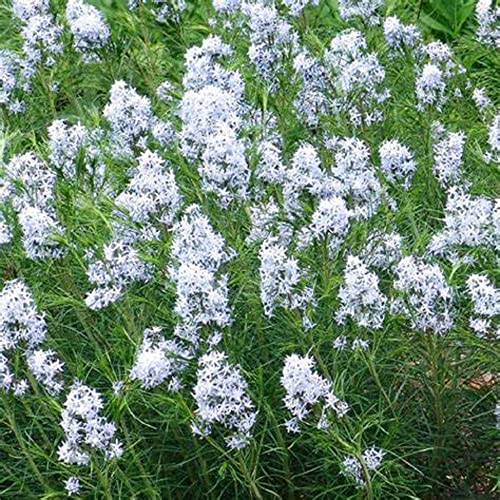
Grow Arkansas blue star plants from seed by sowing them in the fall and leaving them in a cold frame. You can then transplant in the spring.

Tabar Gifford works as an American Meadows Master Gardener, and has a lifelong love for gardening and nature. With a background in environmental studies and sustainable community development, she enjoys combining her horticultural expertise with a commitment to education.
Grow guide for Arkansas blue star

Soil: Arkansas blue star is relatively versatile and can be grown in most soils, including rocky, dry soil or waterlogged floodplains. However, they do better in 'soil that is well-draining but moist,' Tabar adds. Indeed, some moisture in the soil will help this perennial to thrive in the spring and summer months and reduce the need for frequent watering.
Light: While they will tolerate part shade, Arkansas blue star plants thrive in full sun borders that receive six or more hours of sunlight each day. 'The tall stems sport feathery foliage that steals the show in the fall, turning a hazy, golden yellow, especially when grown in a full sun yard,' Tabar says.
Watering: For young perennials that are newly planted, it is a good idea to carry out deep watering every two weeks in the first year while they establish. Annual mulching will also help to reduce the need for watering in the spring and summer months, helping to improve soil health and retain moisture in the ground. Try using this pine bark mulch, available from Walmart. Once established, however, this native is considered to be remarkably drought-tolerant.
Fertilizing: 'In general, this is a perennial that needs little to no additional fertilization,' Tabar says, 'especially if grown in rich soils that are mulched every year.' If you are concerned about plant nutrition, use an organic feed once a year during spring.
Pruning: 'After flowering, prune back Arkansas blue star by six to eight inches to encourage fuller, bushy growth for the remainder of the growing season,' Tabar says. Allow the golden foliage to stand through fall and winter, cutting the stems down to the ground once all the leaves have fallen, usually around December or January. As a perennial, your clump will reshoot in the spring from the base of the plant.
Toxicity: Although Arkansas blue star plants are not considered to be dangerous to humans or pets, the milky sap does contain alkaloids and is mildly poisonous. For this reason, it can irritate the skin during pruning, so be sure to wear gardening gloves, available from Amazon.
FAQs
Can I grow Arkansas blue star plants in pots?
While you can grow this perennial in a pot, I have found growing this in the ground tends to generate far better results. This is because Amsonia hubrichtii has a deep tap root, and grows better in deep soil. If you are going to grow this perennial in a pot, ensure that you use a tall vessel and monitor watering requirements through the spring and summer.
When is a good time to divide Arkansas blue star?
Learning how to divide plants is a fun and free way to grow your collection. As with most perennials, you can lift and divide Arkansas blue star clumps in the spring or the fall, using a sharp spade to slice larger clumps into two, three, or four sections. Just be sure that each new clump has a healthy root system from where it will produce new shoots.
Like many other native perennials, Arkansas blue star plants are virtually problem and pest-free. They are tough perennials that thrive without requiring much attention. For more native plant inspiration see our guide to the High Line in New York City, which grows this perennial alongside many other tough, pest-free species that grow in the wild across North America.
For more native perennial inspiration, see our guide to some of the best rudbeckias and fill your yard with striking yellow or red flowers next year.
Sign up to the Homes & Gardens newsletter
Design expertise in your inbox – from inspiring decorating ideas and beautiful celebrity homes to practical gardening advice and shopping round-ups.

Thomas is a Content Editor within the Gardens Team at Homes and Gardens. He has worked as a professional gardener for both public spaces and private estates, specializing in productive gardening, growing food and flowers. Trained in Horticulture at the Garden Museum, he has written on gardening and garden history for various publications, including The English Garden, Gardens Illustrated, Hortus, The London Gardener and Bloom. He has co-authored a Lonely Planet travel book, The Tree Atlas, due out in 2024.
-
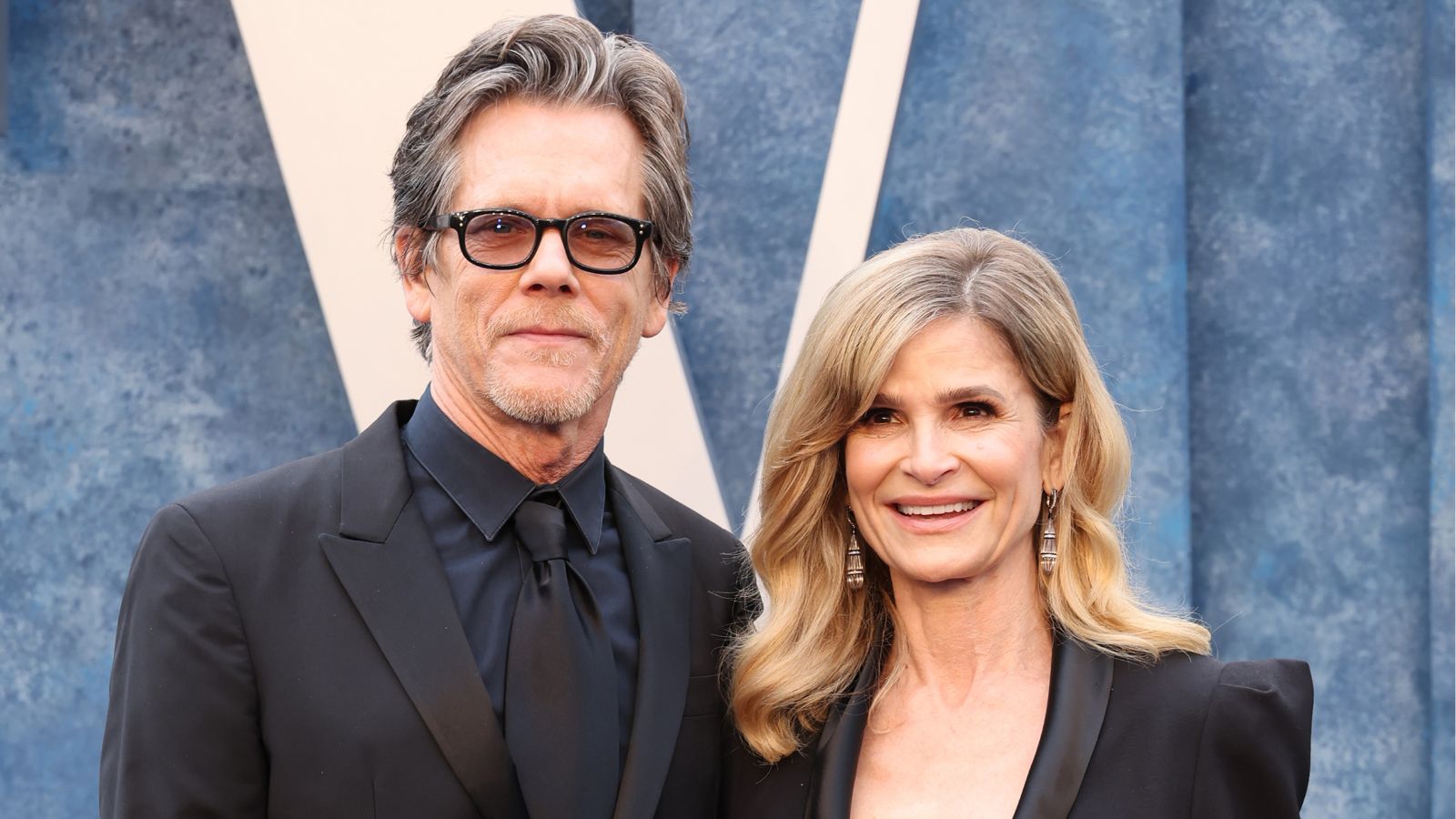 Kevin Bacon and Kyra Sedgwick's rustic kitchen island is stunning, but controversial – designers say you can get the look without the hassle
Kevin Bacon and Kyra Sedgwick's rustic kitchen island is stunning, but controversial – designers say you can get the look without the hassleA popular material finds an unorthodox home in the couple's kitchen, but experts disagree on whether it should be used – here's how to do it instead
By Sophie Edwards
-
 How to grow grapefruit for homegrown sweet and tangy, highly nutritious harvests – a fruit tree expert shares their planting and care tips
How to grow grapefruit for homegrown sweet and tangy, highly nutritious harvests – a fruit tree expert shares their planting and care tipsFrom planting to harvesting, this is all you need to know about grapefruit trees
By Drew Swainston
-
 How to grow crepe myrtle in pots – and transform even the smallest of yards with dazzling flowers this summer
How to grow crepe myrtle in pots – and transform even the smallest of yards with dazzling flowers this summerGrowing crepe myrtles in pots will inject splashes of brilliant color into your outside space
By Thomas Rutter
-
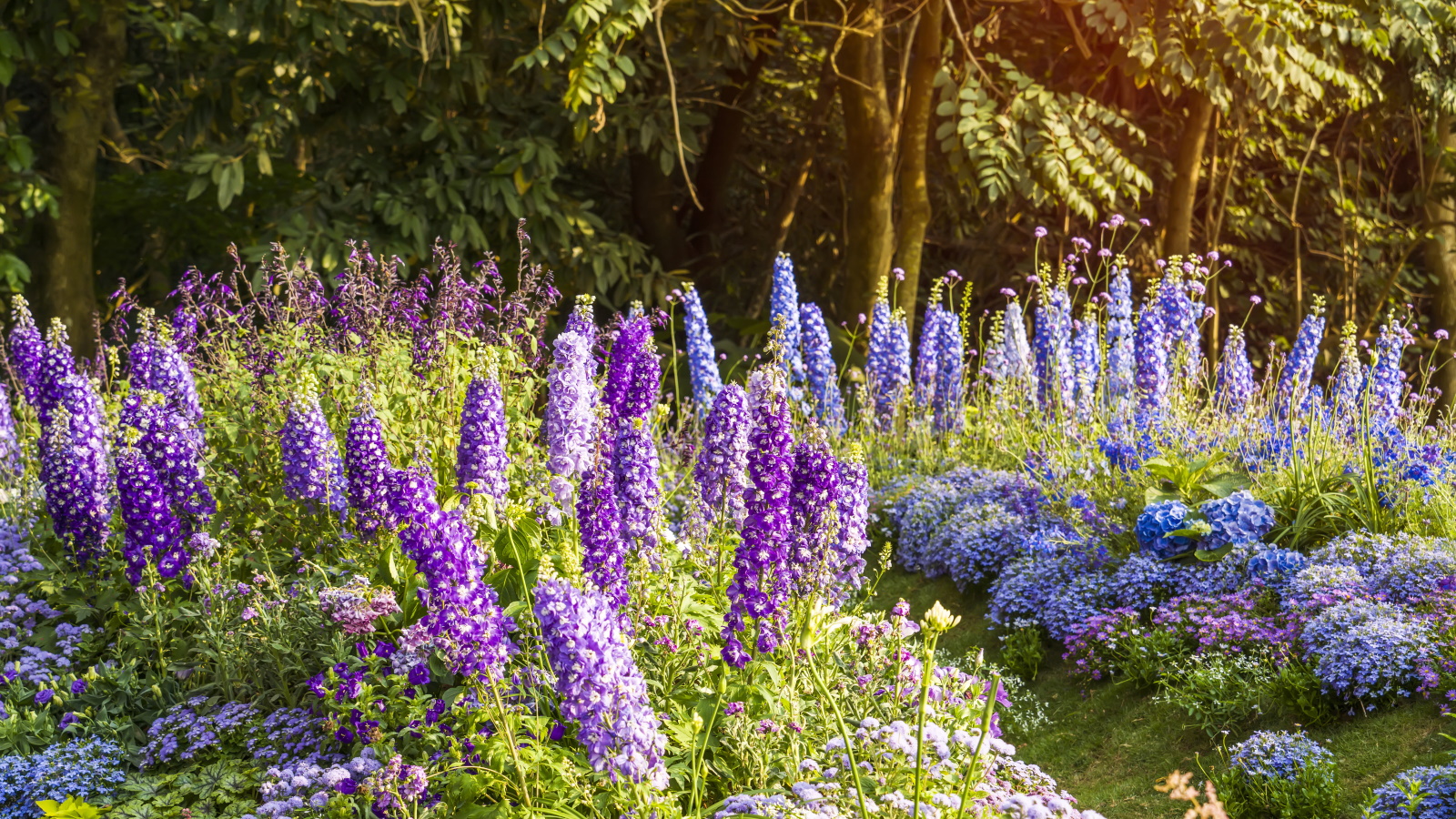 Best types of delphiniums – 14 stunning varieties for vibrant flower spikes in your yard
Best types of delphiniums – 14 stunning varieties for vibrant flower spikes in your yardPlants Here are our top types of delphiniums for brightening summer borders
By Holly Crossley
-
 How to grow impatiens – garden experts reveal the secrets to growing this shade-tolerant, sparkling summer plant
How to grow impatiens – garden experts reveal the secrets to growing this shade-tolerant, sparkling summer plantBoth 'Busy Lizzie' and 'New Guinea' impatiens can thrive in shady yards
By Ellen Wells
-
 How to grow astilbe – expert advice on cultivating this shade-tolerant flowering perennial
How to grow astilbe – expert advice on cultivating this shade-tolerant flowering perennialShade-tolerant and pest-resistant - astilbe are hardy and tough perennials that can thrive in many settings
By Ellen Wells
-
 7 native perennials to plant in April – for glorious flowering displays to attract bees, butterflies, and hummingbirds
7 native perennials to plant in April – for glorious flowering displays to attract bees, butterflies, and hummingbirdsDiscover some of the best perennials to plant in April to make your garden a hotspot for wildlife
By Drew Swainston
-
 Is the viral salt hack the secret to a weed-free patio? A garden expert warns of irreparable, long-term damage – plus reveals the safest way to get results
Is the viral salt hack the secret to a weed-free patio? A garden expert warns of irreparable, long-term damage – plus reveals the safest way to get resultsYou might have seen gardeners on TikTok or Instagram using salt to kill weeds in pavers, but this hack should be avoided at all costs
By Thomas Rutter
-
 Worst-smelling plants to avoid – experts reveal 5 pungent species and suggest perfumed options to grow instead
Worst-smelling plants to avoid – experts reveal 5 pungent species and suggest perfumed options to grow insteadThese are some of the worst-smelling plants that can cause quite a stink
By Thomas Rutter
-
 How to fertilize magnolias – garden experts reveal the secrets to better blooming, and timing is critical
How to fertilize magnolias – garden experts reveal the secrets to better blooming, and timing is criticalMagnolias are famed for their spring flowers, and feeding at the right time can give trees a boost
By Thomas Rutter